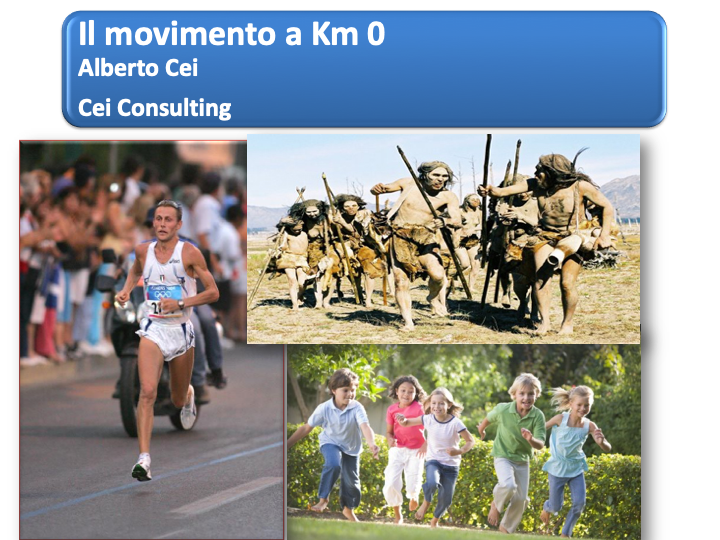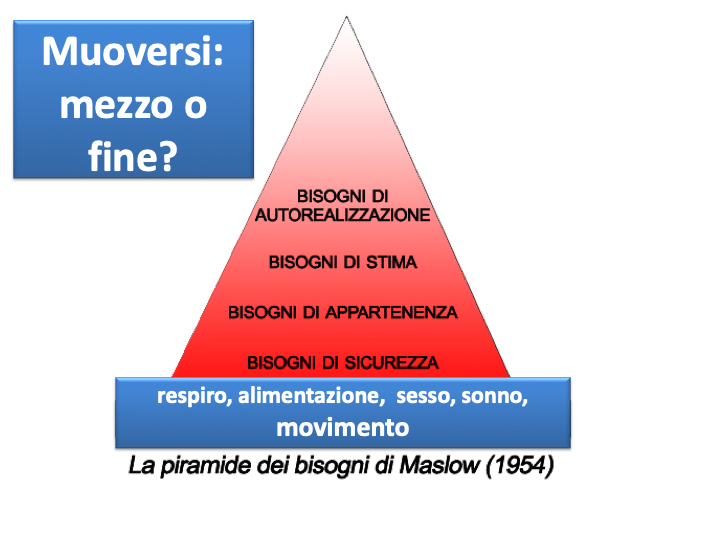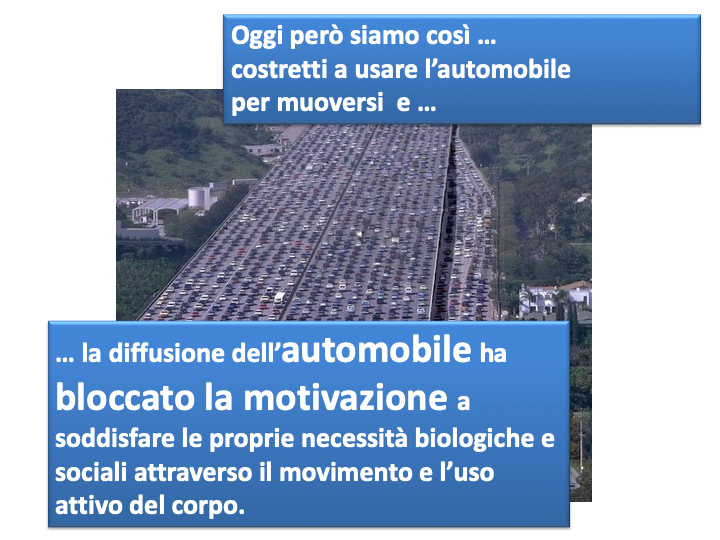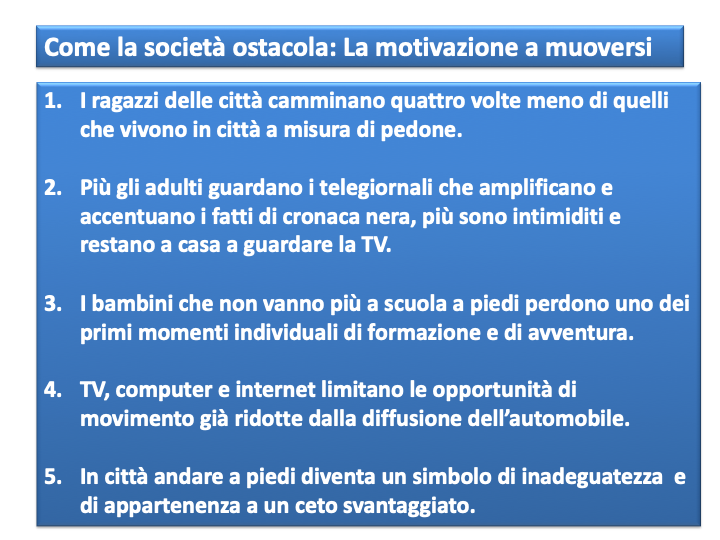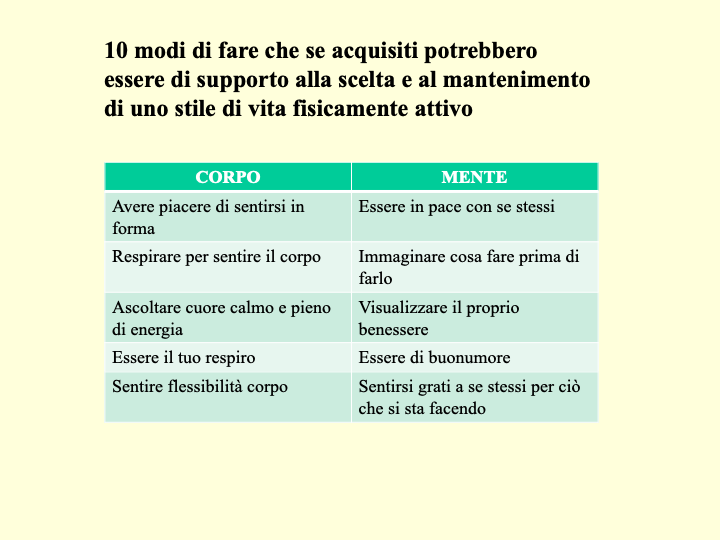The signs of what might become a future lifestyle are already evident for many in the early years of life. In fact, in the United Kingdom, children aged 3-4 already spend an average of 2 hours a day in front of the TV, in the US 2.2 hours, and in Australia 1.5 hours.
Watching TV for children under 5 years old becomes the defining activity of a sedentary lifestyle. The family is obviously the primary responsible entity for children’s education; sedentary parents are more likely to pass on their way of spending time, just as parents who spend many hours in front of the TV do. Additionally, as with any other choice, the social and economic context represents another factor that can promote or inhibit a specific lifestyle. However, it is possible to intervene positively in these situations, even if they are widespread.
In this regard, a cross-sectional European study involving five countries (Belgium, Germany, Greece, Hungary, and Norway) and 3325 child/parent pairs reported that the presence of rules on how much time children could watch TV or use computers/game consoles is associated with a decrease in children’s screen time.
The results of another cross-sectional study showed that parental actions, from both mothers and fathers, similarly influence the amount of screen time in children aged 1.5 to 5 years. During weekdays, the habit of watching TV during meals was positively associated with children’s screen time, while limiting screen time had the opposite effect.
Furthermore, encouraging physical activity and active play at home reduces sedentary behavior linked to TV use. This proactive approach by parents is essential, as preschool children whose parents limit outdoor play tend to prefer sedentary activities over physical activity.


/cdn.vox-cdn.com/uploads/chorus_image/image/66211736/car_congestion_final.0.jpg)
